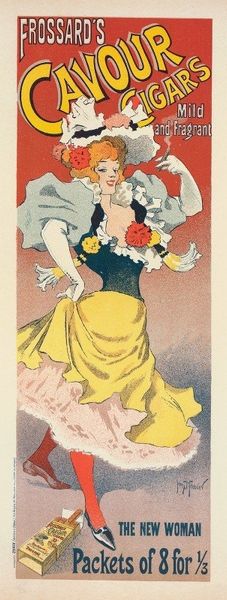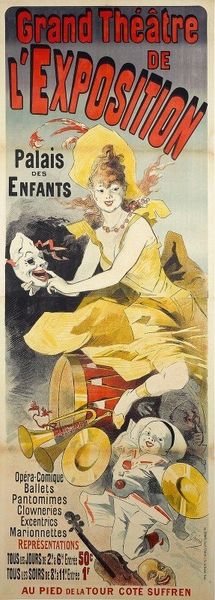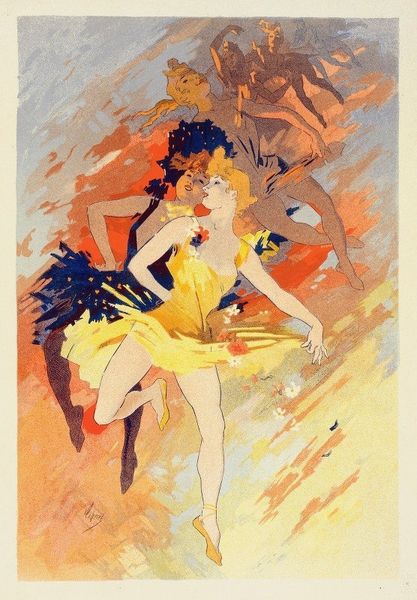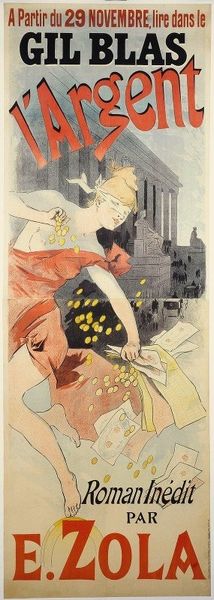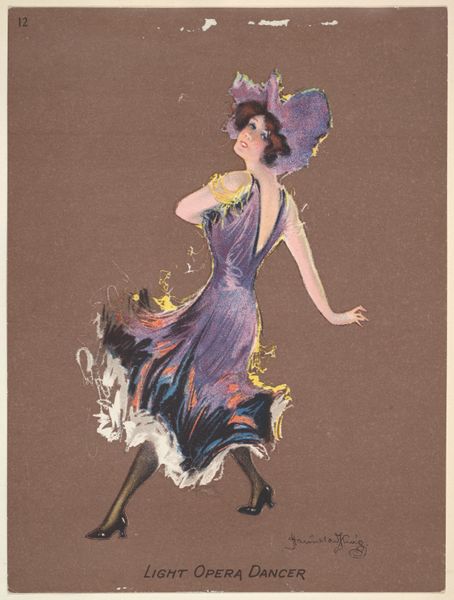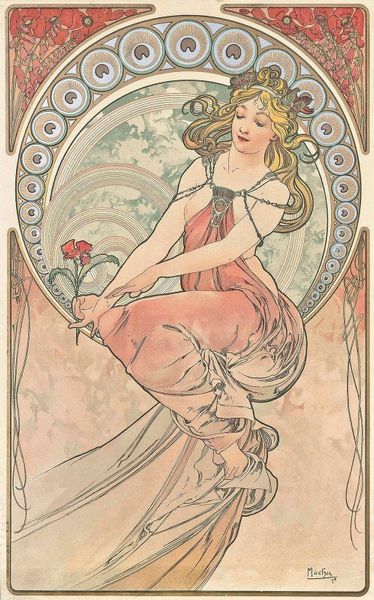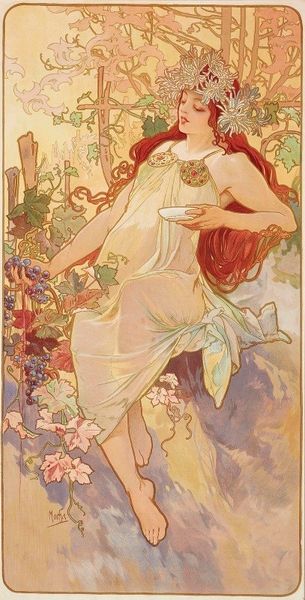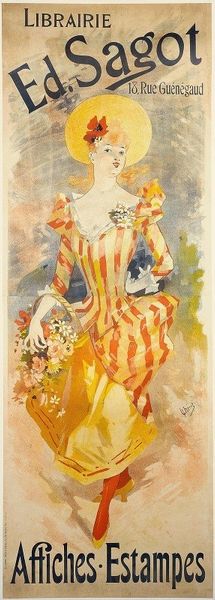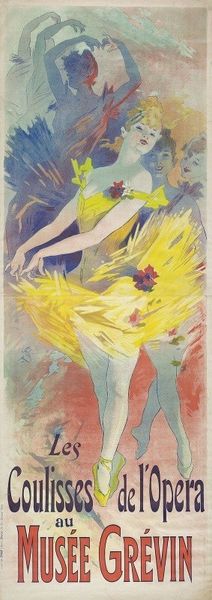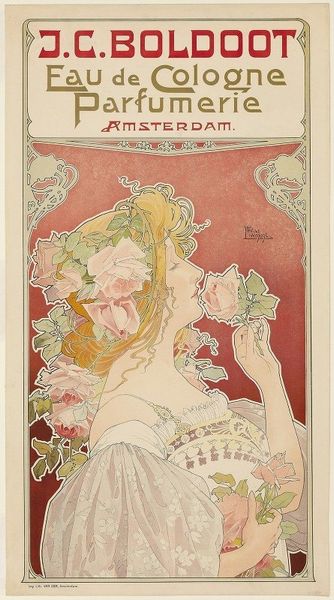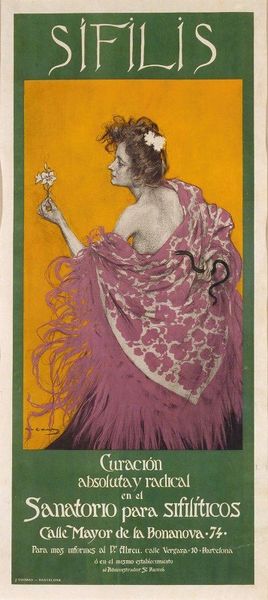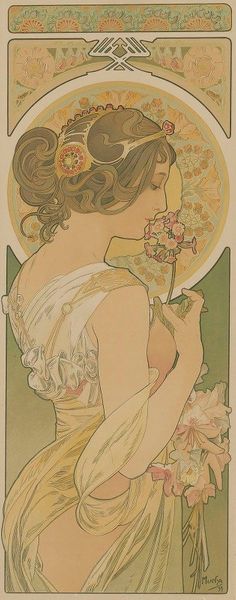
lithograph, print, poster
#
art-nouveau
#
lithograph
# print
#
figuration
#
poster
Copyright: Public Domain: Artvee
Curator: Before us, we have Georges Meunier's 1894 lithograph poster, "Papier à Cigarettes JOB." What are your immediate impressions? Editor: An ethereal Art Nouveau beauty presiding over scattered cigarette papers and watched by a black cat – charming but undeniably peddling vice! Curator: Note the graphic boldness: the curves of the figure juxtaposed with the block lettering, a sophisticated interplay between organic and geometric forms. And what of the materiality, given its existence as a mass produced advertisement? Editor: Lithography offered unprecedented access, the reproduction itself as crucial as the artwork, democratizing Meunier’s creation. Cigarette papers, a relatively accessible commodity, suddenly imbued with high art cachet. What were the social ramifications of bringing fine art techniques into the quotidian life? Curator: Observe the allegorical weight. Her posture, suspended mid-air amidst clouds, recalls classical figures, yet repurposed for modern commerce. Do you see the nod to idealized form within a populist message? Editor: I'm interested in that contrast between "high" and "low." Lithography itself uses materials like limestone and greasy crayons. So this alluring woman holds cheap paper that becomes desirable not only for cigarettes, but with its Art Nouveau illustration by virtue of labor-intensive printing. The commodification of smoking goes through different hands and physical items before it enters the smoker's own hands! Curator: I would suggest considering it in its original environment, plastered on walls and kiosks; Meunier’s refined aesthetic deliberately aimed at broadening consumer tastes. We see the poster's ability to perform a subtle operation in daily life. Editor: To really decode its moment, though, one can’t detach it from its origins in craft practices and printmaking itself: a tangible thing disseminated for a concrete purpose, a poster of mass production inviting mass consumption. Curator: Indeed. A closer inspection reveals its layered meanings: visual harmony coexisting alongside blunt sales tactics. Editor: From my side, seeing this piece, one should wonder: "where did the paper come from?", not only asking ourselves "what do the symbols suggest?". Thank you, though, I have new insight now on where symbolism meets industry.
Comments
No comments
Be the first to comment and join the conversation on the ultimate creative platform.
